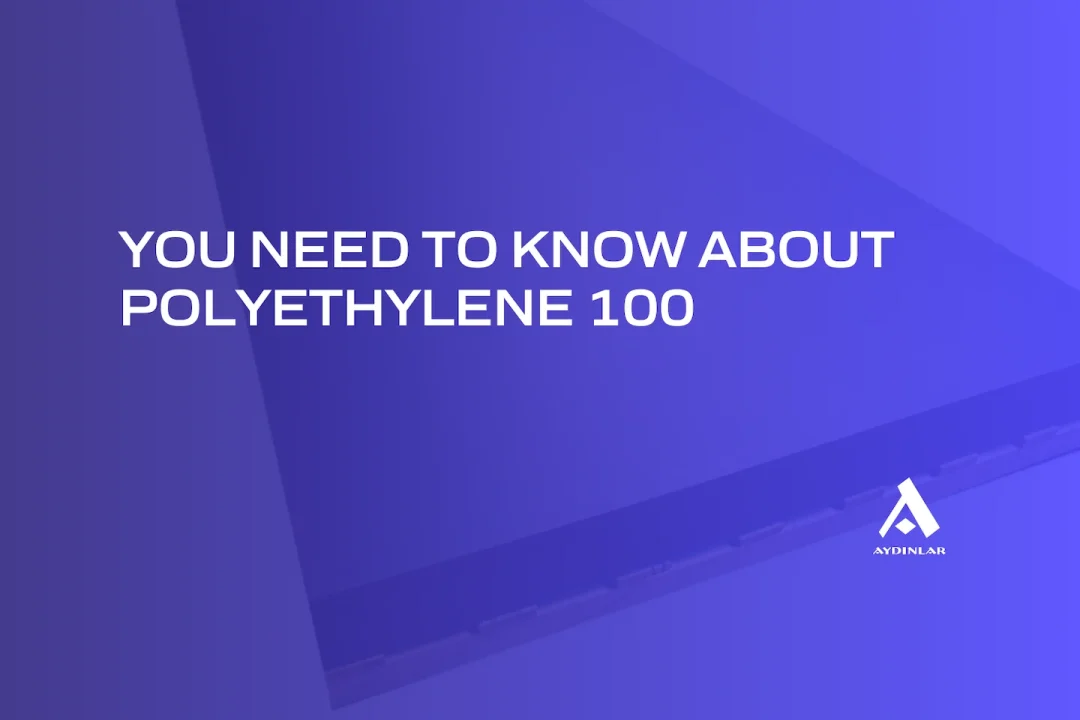Technical Plastics
You Need To Know About Polyethylene 100
This article delves into Polyethylene 100, highlighting its development, properties, and applications. Polyethylene, a versatile polymer widely used in various industries, has seen significant advancements since its discovery. Among its many forms, Polyethylene 100 (PE100) stands out as a high-density, high-performance material.
Historical Development of PE 100
Polyethylene’s journey, from its accidental discovery in the 1930s to the development of high-grade versions, is fascinating. PE100, a third-generation polyethylene, evolved from earlier versions like PE32 and PE80. It was developed to meet the increasing demands for materials with higher pressure ratings, particularly in the piping industry.
Chemical Composition and Properties of PE 100
PE100 comprises a unique polymer structure, primarily made of ethylene monomers, resulting in a high-density material. Its molecular arrangement provides exceptional durability and chemical resistance, setting it apart from lower-grade polyethylenes.
Manufacturing Process
The production of PE100 involves the polymerization of ethylene under controlled conditions. This process yields a polymer with a high degree of crystallinity and molecular weight, crucial for its robust mechanical properties. The manufacturing process’s precision ensures consistency and quality in the final product.
Physical and Mechanical Characteristics
Polyethylene 100 is characterized by its high density, typically ranging from 0.95 to 0.97 g/cm³. It boasts superior strength, flexibility, and impact resistance compared to its predecessors. These characteristics make PE100 an ideal choice for applications requiring resilience and longevity.
Advantages over Other Materials
When compared to materials like PE80, PVC, or metals, Polyethylene 100 offers several advantages. Its high resistance to cracks, UV radiation, and chemicals, coupled with a longer lifespan, makes it a cost-effective and safe option for various applications. Furthermore, PE100’s flexibility reduces the need for fittings in piping systems, lowering installation costs.
Challenges and Limitations
Despite its benefits, Polyethylene 100 faces challenges such as environmental concerns related to plastic production and disposal. Recycling PE100 can be complex, necessitating advancements in recycling technologies to mitigate its environmental impact.
Applications and Uses
Marine and Underwater Applications
PE100 is utilized in marine applications, such as floating covers for reservoirs, due to its buoyancy and resistance to saltwater corrosion.
It’s also employed in the construction of underwater pipes and cable protection systems.
Industrial Applications
In industries where high-purity water is required, such as in semiconductor and pharmaceutical manufacturing, Polyethylene 100 pipes are used due to their non-reactive nature.
The material’s ability to withstand high temperatures and pressures makes it suitable for industrial cooling systems.
Municipal and Public Infrastructure
Municipalities use Polyethylene 100 in public infrastructure for water mains, stormwater drainage systems, and street sewage systems.
Its light weight compared to traditional materials like concrete or metal simplifies installation and reduces labor costs.
Energy Sector
Polyethylene 100 is used in the production of renewable energy, particularly in geothermal systems, due to its thermal stability.
In oil and gas extraction, it is employed for lining and protecting pipelines from corrosive fluids.
Fabrication of Storage Containers
- Polyethylene 100 is used to fabricate large industrial tanks and containers for storing water, chemicals, and other liquids.
- Its impact resistance and durability are crucial in environments where container integrity is paramount.
Specialized Applications
- Polyethylene 100 is being explored for use in more specialized applications, such as in the fabrication of durable outdoor furniture and playground equipment.
- Its UV resistance makes it suitable for outdoor signage and protective coatings in harsh environmental conditions.
Conclusion: Highlighted Features of Polyethylene 100
Polyethylene 100 (PE100) represents a significant advancement in polymer technology. Its superior advantages, properties and wide range of applications make it a material of choice in many industries. As technology advances, PE100 is poised to play an increasingly crucial role, adapting to new challenges and demands.



Take a look at our product range!